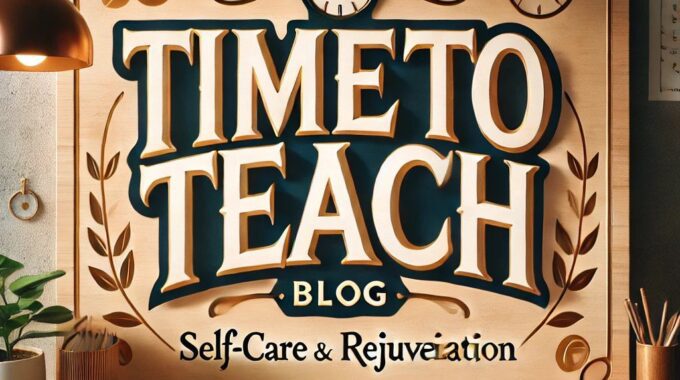As we turn the corner into spring, it’s the perfect time to refresh our teaching…
Building a Positive Classroom Culture: 4 Tips for Teachers
One of the most rewarding parts of teaching is creating a classroom culture where students feel inspired and supported. Through my own experience and some tried-and-true research, I’ve found a few strategies that help build a positive, productive environment. Whether it’s the start of the school year or a fresh start mid-year, here are some tips to help make your classroom a place where everyone can thrive.
1. Celebrate Effort, Not Just Achievement
One of the most powerful lessons I’ve learned as a teacher is that recognizing effort often makes a bigger impact than celebrating final results. Research by Carol Dweck on growth mindset has shown that students who are praised for their effort become more resilient and motivated, even when things get tough.
How to do this:
- Be specific with praise. Instead of saying, “Great job,” try, “I love how you kept working on that problem until you figured it out.”
- Share stories of famous people who achieved great things after multiple failures to show students that effort pays off.
- Use phrases like “You’re improving” or “Look at how much progress you’ve made” to help students focus on their growth.
2. Model the Behavior You Want to See
Students watch us more closely than we realize. When we model respect, patience, and a positive attitude, they’re more likely to reflect those behaviors. Research on social learning theory by Albert Bandura suggests that children learn behaviors by observing those around them, especially their teachers.
How to do this:
- Treat students with respect, even when correcting behavior. If you stay calm, they’re more likely to as well.
- Show enthusiasm about learning, even if it’s a topic you’ve taught a hundred times. If they see your passion, they’ll be more likely to engage.
- Model a “can-do” attitude when facing challenges in the classroom to show students that perseverance is key.
3. Create Small Moments of Connection
Sometimes it’s the little moments that make the biggest difference. Building strong relationships with students can improve their engagement, behavior, and even academic performance. Research from the Harvard Graduate School of Education has shown that students with strong connections to their teachers are more likely to feel safe and supported.
How to do this:
- Spend a few minutes each day greeting students at the door to create a personal connection.
- Set aside time during class to check in with students individually, especially those who might be struggling.
- Show interest in their hobbies, goals, and lives outside of school. A quick, “How did your game go last night?” can go a long way.
4. Make Learning Relevant and Fun
One thing I’ve learned is that students respond best when they can see how learning applies to their lives. Research by the Association for Supervision and Curriculum Development (ASCD) shows that when students connect learning with real-world applications, their engagement and retention improve.
How to do this:
- Whenever possible, relate lessons to students’ interests or current events.
- Use hands-on activities, games, or role-playing to make learning fun and memorable.
- Give students a chance to apply what they’re learning in a real-world scenario, like creating a class project or presenting their ideas.

